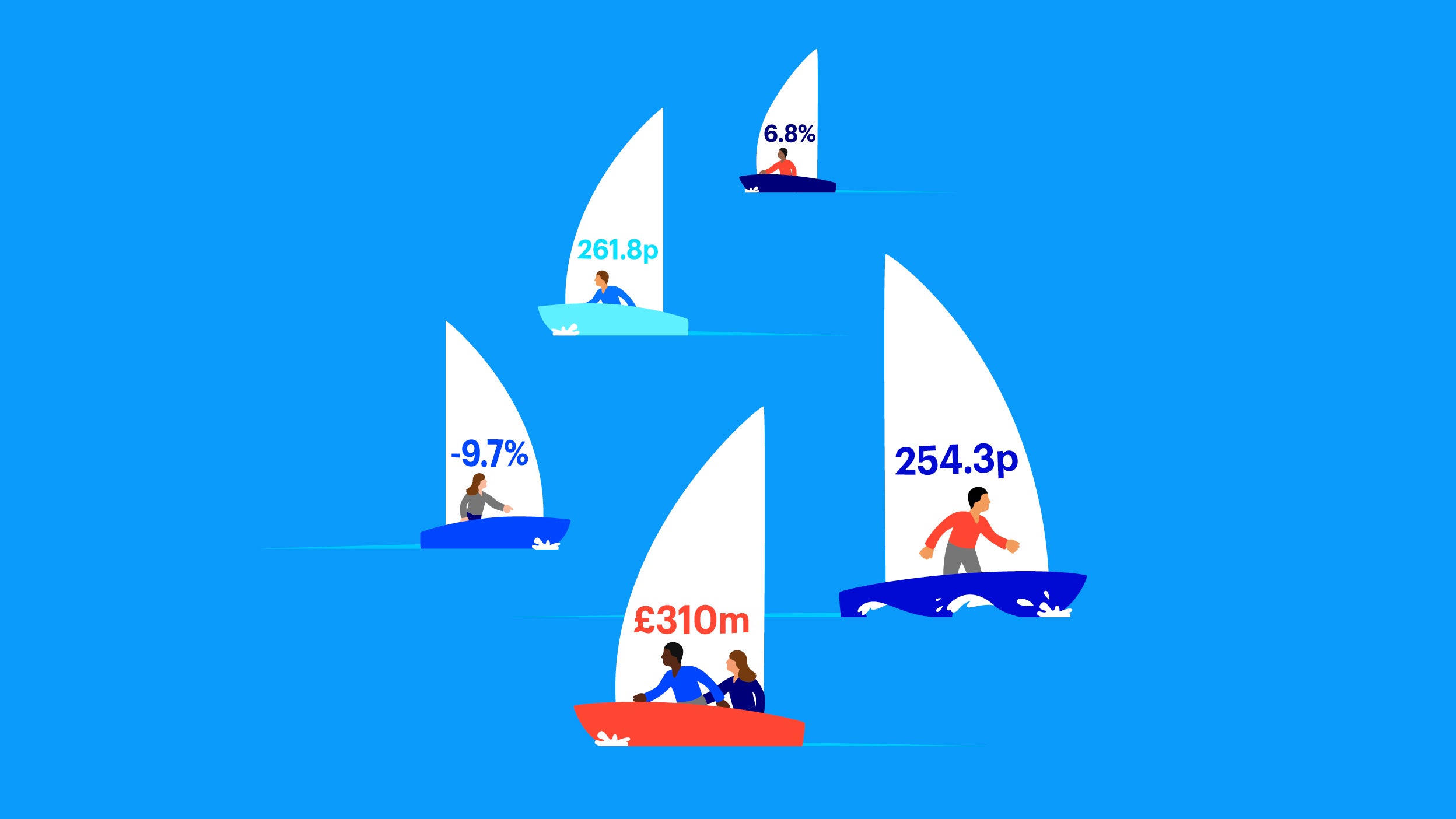
Investing Basics Investment trusts: Explaining gearing in Invesco Bond Income Plus Ltd
We believe holding bonds in an investment trust provides several unique characteristics that should be appealing to investors. One such characteristic is a trust’s ability to borrow (often referred to as ‘gearing’).







